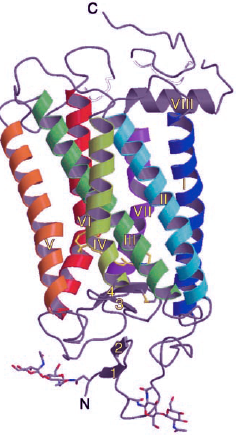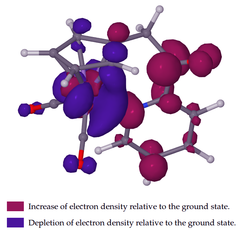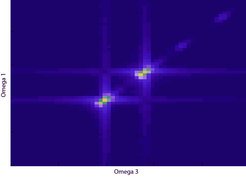Theory
Time Dependent Ab Initio Methods for Reaction Dynamics and Coherent Spectroscopies

This sub-group is working on new methods to implement time dependent ab initio methods to provide theoretical support for the atomically resolved structural dynamics. Theory is an essential tool to both help in the structural refinement and to provide insight into the forces involved. As the methodology develops, the goal is to provide guidance to experiments in terms of systems suitable for phototriggered chemistry under barrierless conditions that is essential to observing the correlated atomic motions during reactive crossings. In addition, the group is working on new methods for treating strong field control as inputs to drive chemistry along preferred pathways, using optimal control theory. These methods naturally lend themselves to highly refined excited state potential energy surfaces that can then be used to calculate the observables for coherent multidimensional spectroscopy in which the effect of the bath or surrounding lattice affects and controls the dynamics.

In parallel, there are theoretical developments in treating explicitly electron scattering for both nonrelativistic and relativistic regimes to fully understand the information content in the observables for electron diffraction. New phasing methods are being developed in both the theory and the experimental groups.
In parallel to this effort, the group is exploring a number of different theoretical methods for treating coherent multidimensional spectroscopies. The experimental observations of interest are the transform limited, full spectral-temporal, observation of the quantum state dynamics as well as providing a direct observation of quantum decoherence. This information provides the time evolution of the electronic degrees of freedom. From a theoretical perspective, the two major challenges are properly calculating the excited state potential energy surface (same issue as above for calculating the time dependent nuclear structure) and the coupling to the bath. It is the latter issue that connects the role of the bath to the molecular dynamics of interest – and is arguably one of the most challenging problems in condensed matter physics/chemistry (how to connect a quantum system to a classical bath).
The strong overlap with the experimental groups provides the important benchmarks needed to test the various theoretical methods and simplifying assumptions. The theory group in turn is providing the guidance to properly pick experimental systems and parameters to probe the key questions regarding structural dynamics and bath interactions.



